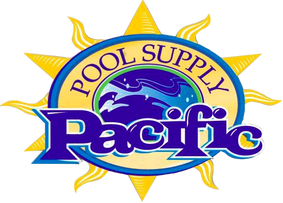|
What kind of shock should I use? There are three types of shock, Chlorine Shock, Non-Chlorine Shock, and Multi-Function Oxidizer. We’ll start with Chlorine Shock. Chlorine Shock Shock used to be a verb. It was something that you did to a pool. It became a noun when they began packaging a pre-measured amount of granulated chlorine into bags. There are 3 types of chlorine that are commonly used as shock.
Dichlor Though effective, DiChlor is the most expensive chlorine-based shock. DiChlor WILL increase the water’s stabilizer (cyanuric acid) level. We do not recommend using a shock product that is stabilized (i.e. contains cyanuric acid). It will increase the stabilizer level and can interfere with the effectiveness of the chlorine. Though it is fast dissolving, it contains only 55% available chlorine. Chlorine shock treatments are typically used in swimming pools to address specific issues or as part of regular pool maintenance. Here are a few situations when you might consider using a chlorine shock:
High Combined Chlorine Levels: Combined chlorine, often referred to as chloramines, forms when chlorine combines with ammonia or nitrogen-based compounds present in the water. High combined chlorine levels can lead to unpleasant odors, eye irritation, and poor water quality. A shock treatment can break down the chloramines and restore the effectiveness of free chlorine.
Non-Chlorine Shock • Hybrid Shock |
| Why use Non-Chlorine shock? It's a sweltering Saturday afternoon and you've spent your morning doing yard work. Meanwhile, the kids have been running around with their swim fins and arm floaties, loudly voicing their discomfort with the heat. AT LAST! IT’S POOL TIME! But first, a quick water test. That's when you discover that your afternoon plans have been postponed. |
The free chlorine is 10 ppm. Too high.
| Because you used chlorine-based shock that morning, the pool is unusable. The kids are inconsolable and are plotting your demise. If you had used Non-Chlorine Shock, you could have avoided sitting on the couch and arguing with the dog over the last slice of cold pizza while watching Sponge Bob with the kids. |
Non-Chlorine Shock
Containing zero chlorine, non-chlorine shock is also known as “oxidizer”. Its main ingredient is potassium monopersulfate (MPS).
It breaks down soluble organic contaminants in the pool water. These contaminants include sweat, body oils, beauty products, and other matter that may come off or, um, out of the human body. MPS is ideal for weekly, in-season maintenance. Safe for use in ALL pools. Swimming can usually resume after 15 minutes of use.
Containing zero chlorine, non-chlorine shock is also known as “oxidizer”. Its main ingredient is potassium monopersulfate (MPS).
It breaks down soluble organic contaminants in the pool water. These contaminants include sweat, body oils, beauty products, and other matter that may come off or, um, out of the human body. MPS is ideal for weekly, in-season maintenance. Safe for use in ALL pools. Swimming can usually resume after 15 minutes of use.
How to Use Non-Chlorine Shock
To ensure proper usage of non-chlorine shocks, it's important to follow the instructions provided by the manufacturer on the package, as the strength and dissolvability can vary significantly.
To ensure proper usage of non-chlorine shocks, it's important to follow the instructions provided by the manufacturer on the package, as the strength and dissolvability can vary significantly.
Shocking a swimming pool is crucial for maintaining a clean and safe swimming environment. Regular shocking helps eliminate harmful contaminants, such as bacteria, algae, and organic debris that accumulate in the pool water over time. It helps to maintain the proper chemical balance in the pool, ensuring optimal water quality for swimmers and prolonging the lifespan of pool equipment. Overall, regular pool shocking is essential to promote a healthy and enjoyable swimming experience.
0 Comments
Advice, Tutorials & DIY's
Author
Pacific Pool Supply
Archives
July 2023
June 2023
December 2022
November 2022
July 2022
February 2022
July 2021
April 2021
March 2021
December 2020
October 2020
September 2020
August 2020

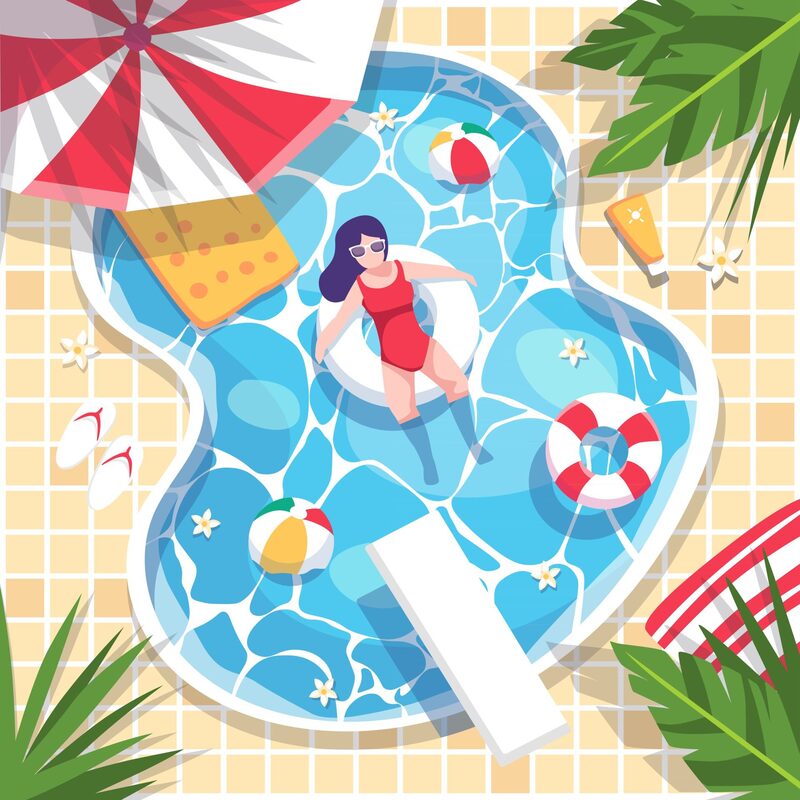




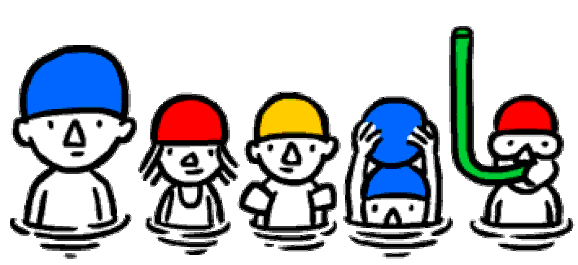







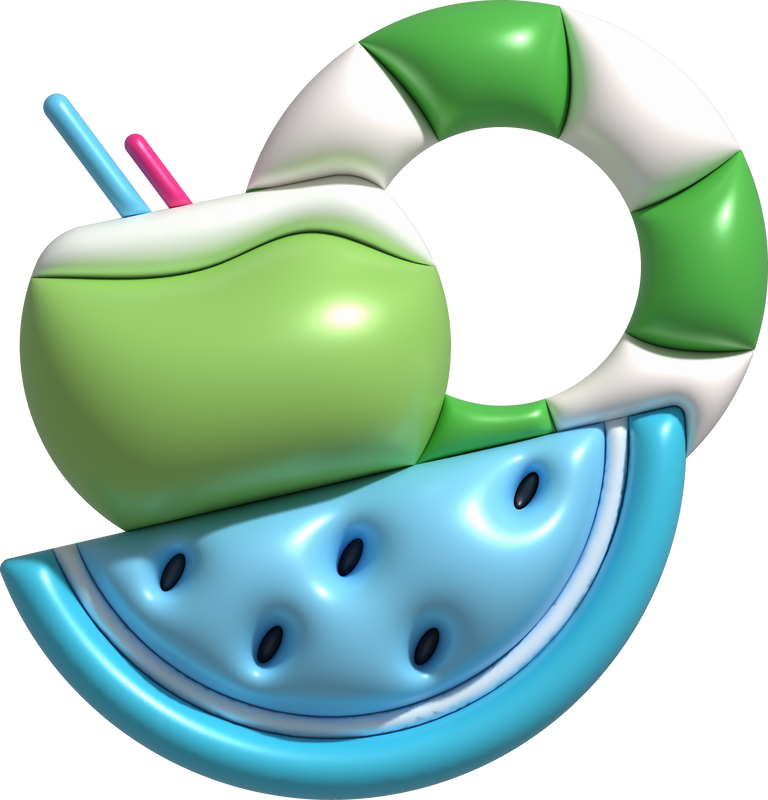

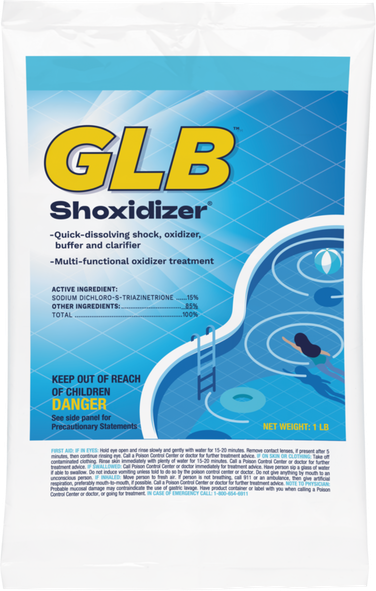
 RSS Feed
RSS Feed
